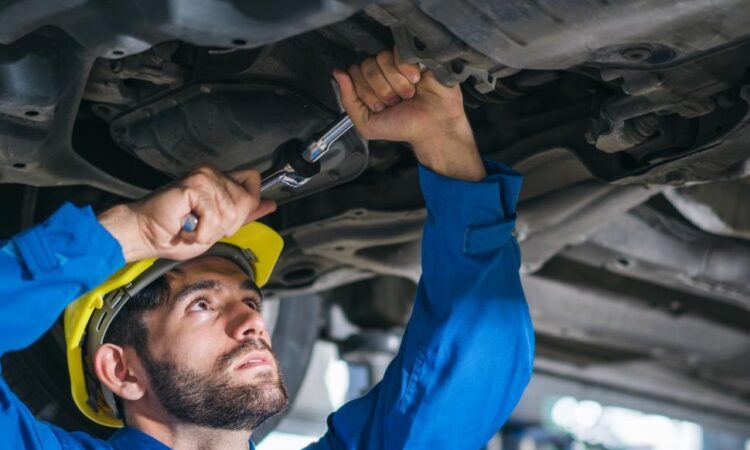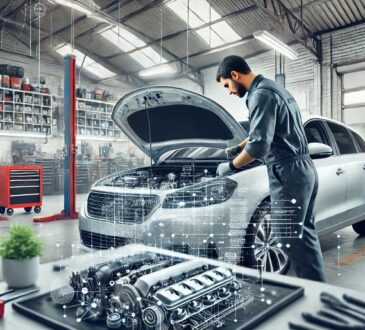
Your car runs on a complicated belt and hose system. These parts keep the engine running smoothly. Belts and hoses wear out like other car parts. Avoiding inspections can cause failures, safety hazards, and costly repairs.
Belts Help Your Engine Run Smoothly
Engine belts drive alternators, water pumps, and power steering pumps. They are usually rubber with internal reinforcing for strength and flexibility. Belts can crack, tear, and become brittle with age. A worn belt may slip, lowering component efficiency. Snapped belts can stop cars in extreme instances.
Hoses Keep Coolant Flowing
Engine hoses carry coolant, oil, and air. These hoses are made of different materials depending on their use and fluids. Hoses can fracture, leak, or become brittle owing to heat, pressure, and engine vibrations. Coolant leaks cause overheating, while oil hose failures starve engines of lubricant, causing serious damage.
Belt and Hose Wear Signs
Several symptoms suggest your car’s belts and hoses require maintenance. This includes:
- Visible belt fractures or fraying
- Engine squealing or chirping
- Fluid leaks around hoses
- Overheating engine
- Poor power steering or alternator performance
Immediately schedule an examination with a certified mechanic if you observe any of these indicators.
Benefits of Regular Inspections
Regularly checking car belts and hoses has many benefits:
- Replace worn belts and hoses before they fail to avoid roadside emergencies.
- Good belts and hoses optimize engine performance.
- Ignoring belts and hoses can cause overheating and other issues. Regular engine check-ups prevent these difficulties and increase its longevity.
- Replacing a worn belt or hose is cheaper than fixing a broken one.
How Often Should You Check Belts and Hoses?
Your car’s make, model, driving conditions, and mileage determine belt and hose inspection frequency. A mechanic should inspect them once a year or every 12,000 miles, whichever comes first. You can also examine them for wear frequently.
A Basic Visual Inspection
Even a non-mechanic can visually inspect your car’s belts and hoses. Check cracks, fraying, bulges, and leaks. Follow your car’s owner’s manual for belt and hose locations. Always ask a professional if you’re unsure.
When to Seek Professional Help
If your car’s belts or hoses show symptoms of wear or damage, only a mechanic should repair them. Belt and hose replacement is difficult, and poor installation might cause more issues. Always consult a trusted auto repair business. Warwick, RI homeowners may easily find a skilled vehicle repair business to inspect and maintain their belts and hoses. A fast search for “Auto Repair in Warwick, RI” can reveal several trustworthy local firms. Choose shops with good customer reviews and Automotive Service Excellence certificates.
Conclusion
Regularly checking your car’s belts and hoses will keep it running smoothly, safely, and efficiently for miles. To keep your car running, schedule regular inspections and maintenance.




